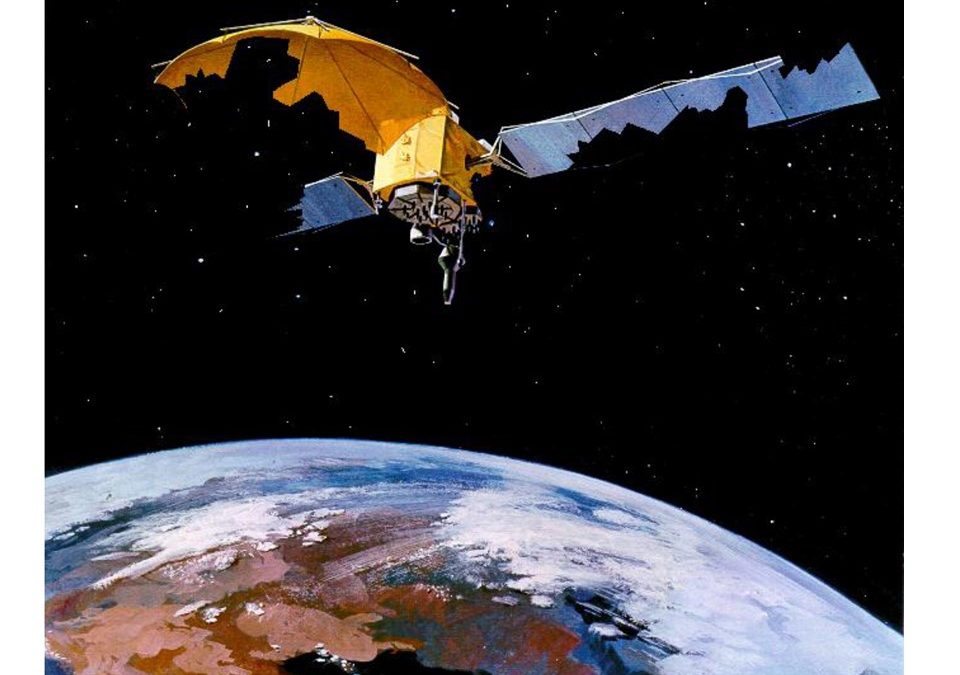Blog Editor’s Note: An interesting thought piece.
In the long run, there are probably much less expensive and more capable satnav options than GPS, both for civilians and warfighters.
And if we are going to do head in that direction as a nation, we should do it as a part of the integrated National PNT Architecture DOD and DOT described in 2008. One with space and terrestrial assets that reinforce each other and help ensure all Americans always have the vital PNT services they need when and where they need them.
Getting there, though, will take prolonged government attention, leadership, and some amount of funding.
At the moment, we don’t see many indications of the kind of concern within the administration that would be needed for such an effort.

Why GPS Should Embrace Privatization To Avoid Obsolescence


